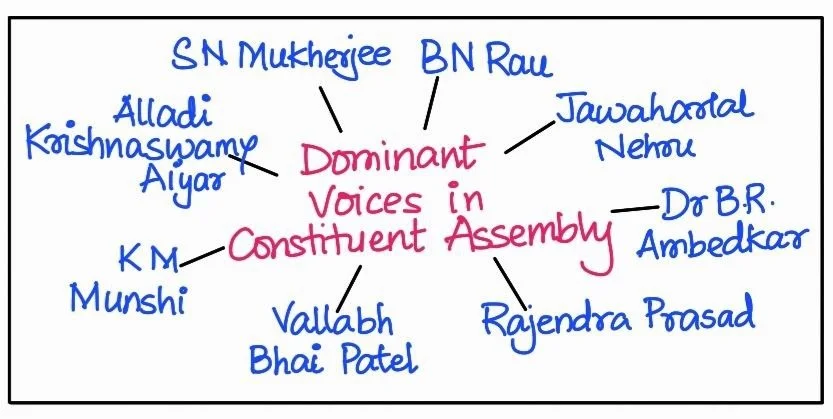![]() 26 Jun 2024
26 Jun 2024
The Indian Constitution came into effect on 26 January 1950. Its length and complexity are understandable when we consider the country’s size and diversity. At Independence, India was not merely large and diverse, but also deeply divided. A Constitution had to be designed to keep the country together, and to take it forward. The Constitution of India was framed between December 1946 and November 1949, held eleven sessions, with sittings spread over 165 days.
A Tumultuous Time
Freedom and Disappointment: 15 August 1947 was a time of great hope, but also of abject disappointment. India had been made free, but it had also been divided.

Establishment of the Constituent Assembly: The Constituent Assembly was set up in 1946 under the scheme formulated by the Cabinet Mission.
Members: Six members of the constituent assembly played important roles.

Will of the People
|
Must Read |
|
| Current Affairs | Editorial Analysis |
| Upsc Notes | Upsc Blogs |
| NCERT Notes | Free Main Answer Writing |
The framing of the Indian Constitution between 1946 and 1949 was a monumental task aimed at uniting a diverse and divided nation. Spearheaded by key figures like Nehru, Patel, and Ambedkar, it embodied the ideals of democracy, justice, and equality, reflecting India’s unique socio-political context and aspirations.
| Related Articles | |
| CABINET MISSION 1946 | FEATURES OF INDIAN CONSTITUTION |
| Statue of Social Justice: Dr. BR Ambedkar | India’s Republic Day 2024 |
<div class="new-fform">
</div>